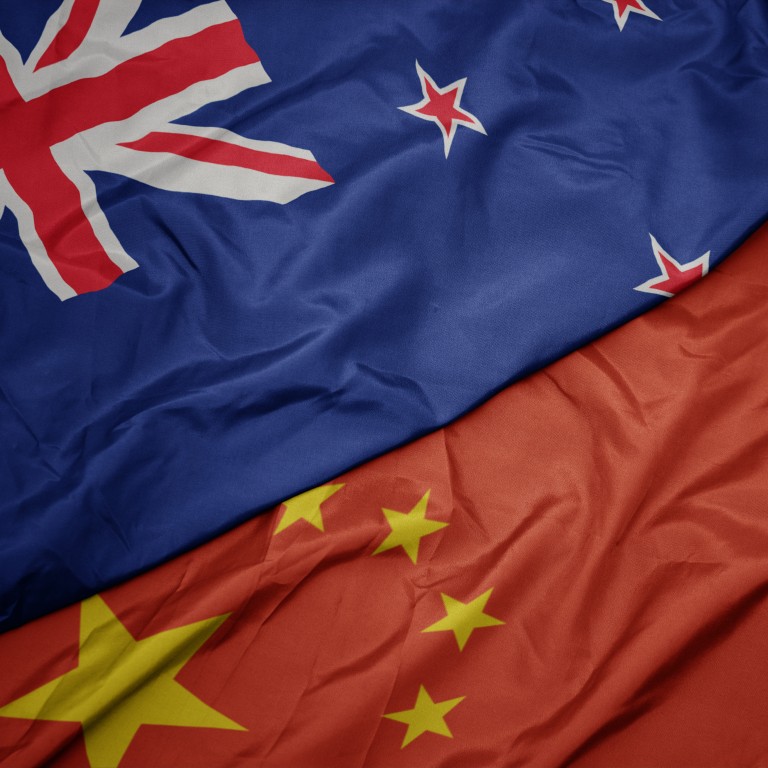
New Zealand to lower barriers to Chinese investment under upgraded trade deal
- The two nations have updated their free-trade agreement, as China seeks more such deals and New Zealand competes for share of Chinese market
- It is expected to attract more Chinese investment into New Zealand, while China has pledged to open up several of its sectors
In a brief statement on Tuesday, the Chinese Ministry of Commerce said the two nations had completed domestic approval procedures and the deal, effective from April, would “further promote trade and investment exchanges” and “jointly promote the development of economic and trade relations to a higher level”.
The ratification of the new version of a deal first agreed in 2008 comes after five years of negotiation.
It covers new areas including e-commerce, public procurement and competition policies, as well as measures on environmental protection that are believed to be the strongest China has committed to in any free-trade agreement (FTA).
Damien O’Connor, New Zealand’s trade and export growth minister, said during a virtual meeting last week with Chinese Commerce Minister Wang Wentao that the upgrade would make it easier to export goods to China.
“Goods and services exports between China and New Zealand reached NZ$20.1 billion in the year ending June 2021,” he said in a government statement on Tuesday. “New Zealand businesses will benefit from up-to-date rules underpinning our trade.”
New Zealand is competing with other countries including Australia to supply farm goods to China’s growing middle class. Australia, meanwhile, has a fractious trade relationship with China following a number of disagreements over matters including Canberra’s call to investigate the coronavirus’ origins, the Aukus pact with Britain and the United States, and alleged interference in Australian politics.
In a move expected to encourage more Chinese companies to invest, New Zealand has agreed to significantly lower barriers to doing so, by making smaller sums no longer subject to government review. There are new thresholds for both private and Chinese government-backed investments.
The agreement with New Zealand also includes a pledge by China to further open up its aviation, construction, shipping and finance sectors.
The FTA signed with New Zealand in 2008 was the first such agreement between China and a developed country. Negotiations to upgrade it started in 2016.
China is New Zealand’s biggest trading partner, with two-way trade jumping from US$4.4 billion in 2008 to US$18.1 billion in 2020. New Zealand’s meat and dairy products are increasingly popular among China’s affluent middle class.
As the world’s manufacturing powerhouse and one of the largest consumer goods markets, China has seen free-trade deals as essential to consolidate its economic integration with the rest of the world.
The CPTPP, which China aspires to join, was a mega-deal scuppered by the Donald Trump administration in 2017 but later revived as an 11-member agreement. It contains some of the world’s most ambitious targets for tariff elimination and the highest standards on trade and investment, which some Chinese observers said could force China to hasten its domestic reform.



